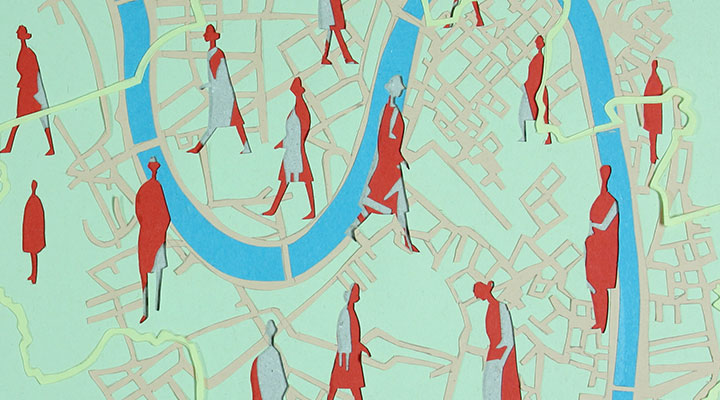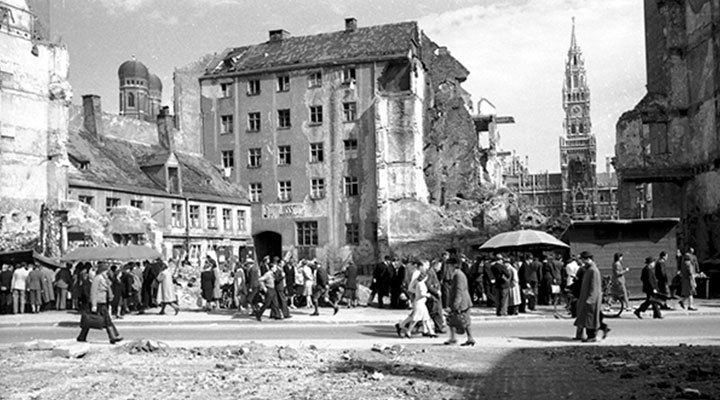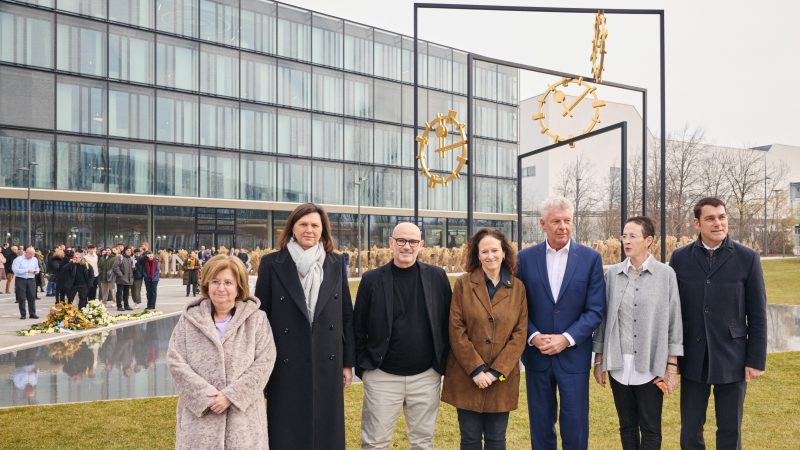Many places significant to Jewish life in Munich were destroyed during the Nazi dictatorship and are no longer visible today. The large, representative synagogue in Herzog-Max-Strasse – the first synagogue in Germany – was razed to the ground even before the ‘Kristallnacht’ November pogrom at the order of leading figures in Bavaria and the City of Munich.
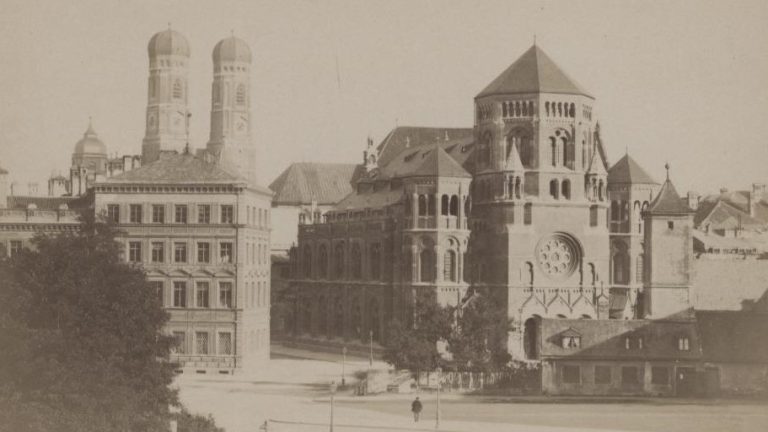
Jewish ‘Volksschule’
The Jewish primary school opened its doors in 1924 next to the Orthodox synagogue in Herzog-Rudolf-Strasse near the monument to Maximilian II. Here, girls and boys learnt about their rich, traditional Jewish cultural heritage. At Public History Munich, Eva Tyrell carried out intensive research into the history of this school and, in 2024, worked on the event ‘The Class Photo’ to mark the 100th anniversary of the school’s founding, together with the LMU and the Institute of Contemporary History.
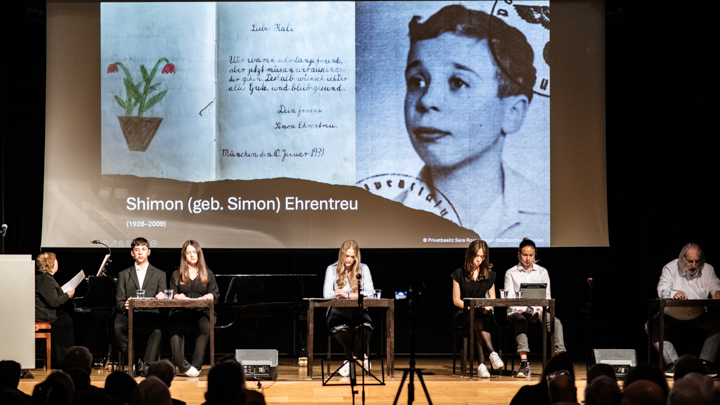
Sources
Munich’s archives and libraries hold many documents on Jewish life in Munich that have not yet been catalogued. Some are in Hebrew script, such as the volume ‘Hebraica and Munich’, published in 2023 in cooperation with the Munich Chair of Jewish History and Culture.
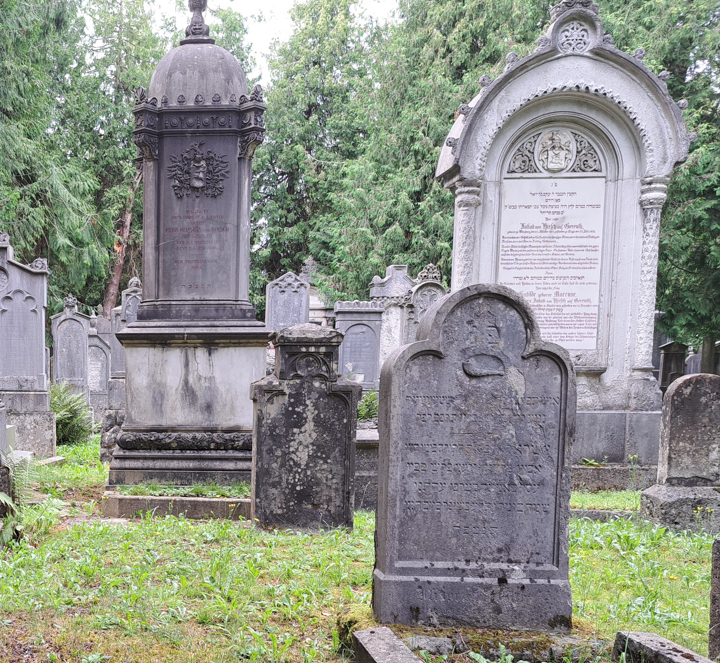
The graves in the Old Jewish Cemetery on Thalkirchner Strasse are a reminder to this day of Jewish life in Munich before the two devastating World Wars. We have since initiated the photographic documentation of all gravestones at the listed site. As part of the ‘Recording Jewish gravestones in Bavaria’ project coordinated by the Bayerisches Landesamt für Denkmalpflege (Bavarian State Office for the Preservation of Historical Monuments), important biographical data on the Jewish residents of Munich buried there will be accessible on the database bet-olam-bayern.de/ – a major addition to the Gedenkbuch der Münchner Juden 1933–1945 (Memorial Book for Munich Jews 1933–1945).
Alongside the online memorial book for persecuted Jewish children, women and men who died or were murdered between 1933 and 1945, Public History Munich maintains an extensive biographical database of all Jewish people living in Munich during this period and provides support for researchers sourcing information from it. This constantly growing database also provides a core and acts as a repository of knowledge for numerous projects that form part of our Culture of Remembrance, such as Mapping the Lives and the Lohhof Memorial.
In this way Public History Munich contributes to filling in the countless gaps in the Jewish history of the City of Munich through research, promotion and education, and to rendering places of Jewish life visible once again, even if these have since lost their erstwhile character.
